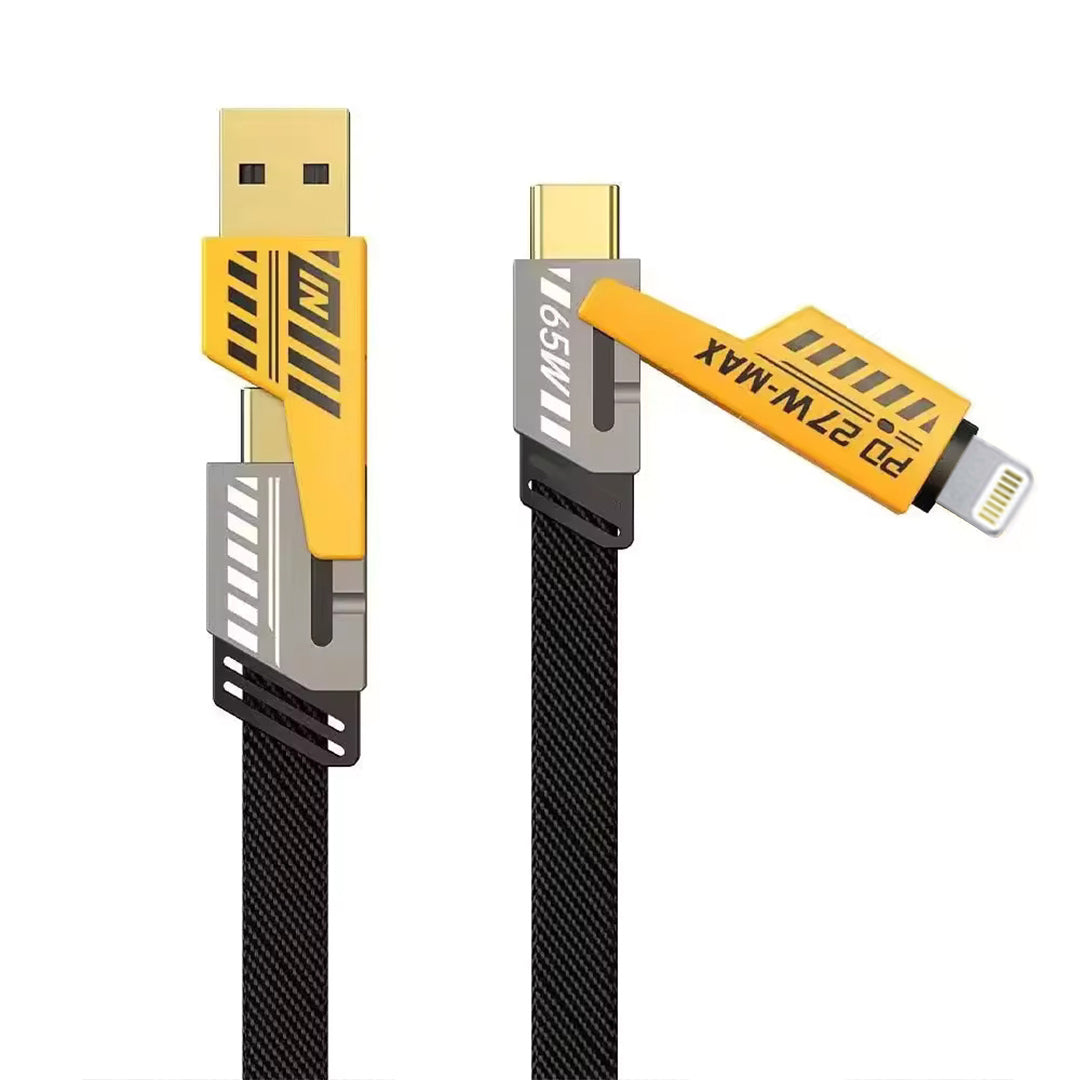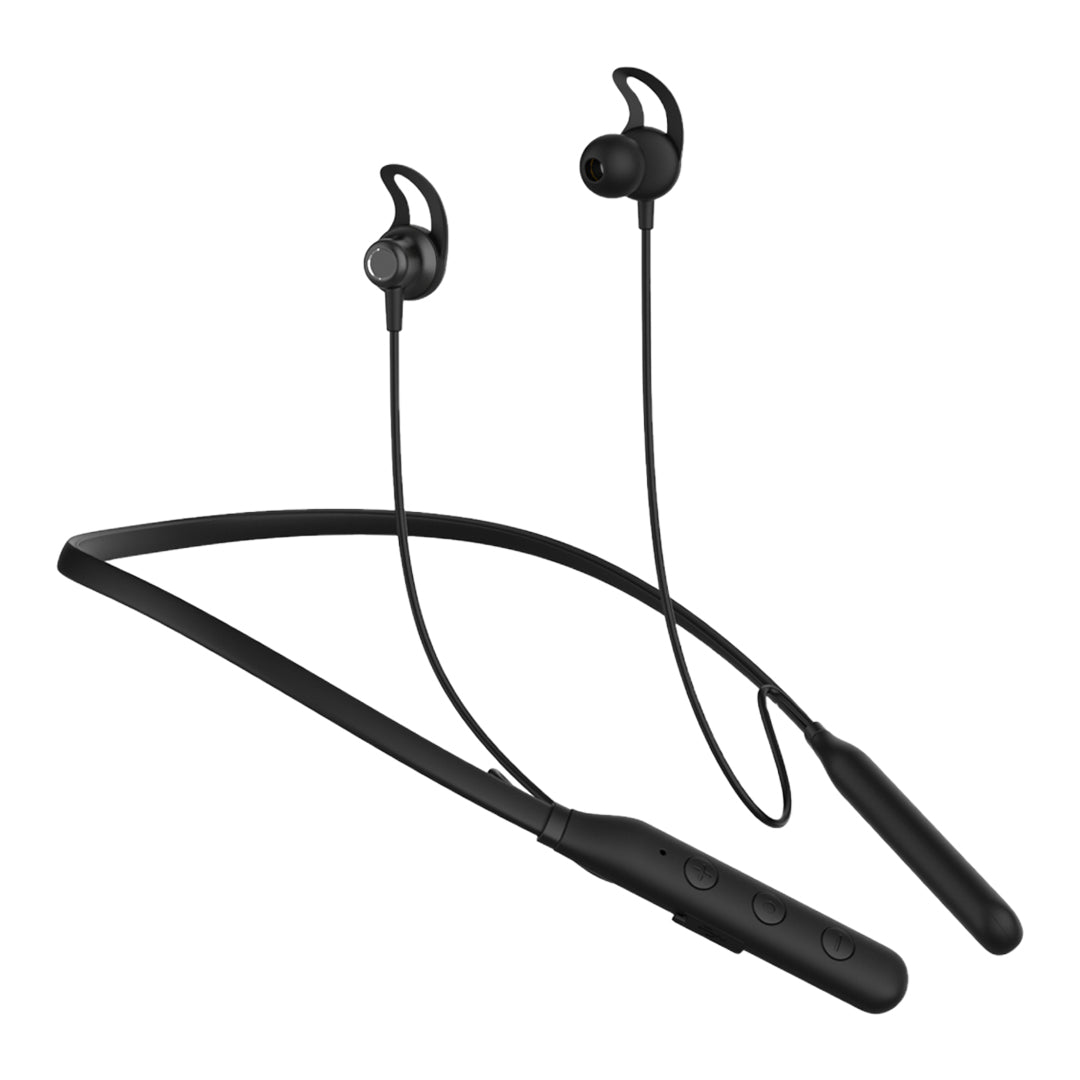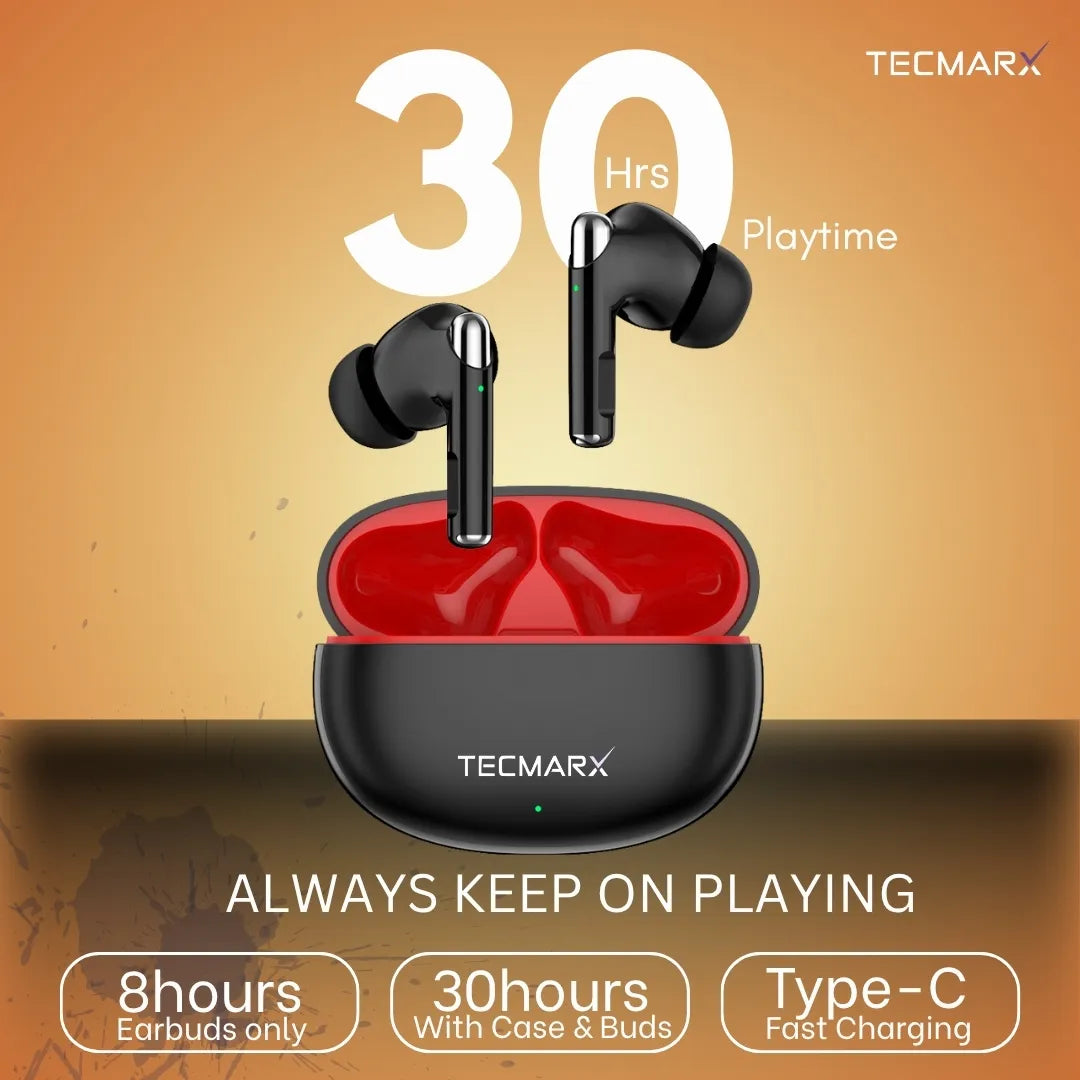The debate between wired earphones and wireless earbuds has been ongoing since the advent of Bluetooth technology and the proliferation of mobile devices. Both options offer distinct advantages and drawbacks; the choice ultimately depends on your preferences, lifestyle, and specific needs. In this article, we will compare wired earphones and Bluetooth earbuds across various factors to help you determine which is the better choice for you.
- Sound Quality:
Wired Earphones: Wired earphones traditionally offer superior sound quality due to the direct electrical connection between the earphones and your device. This wired connection can transmit high-quality audio without any loss of data. Audiophiles often prefer wired earphones for their accurate sound reproduction and clarity, especially when listening to high-resolution music.
Bluetooth Earbuds: Bluetooth earbuds have made significant advancements in sound quality in recent years, thanks to improved Bluetooth codecs and audio processing technologies. While they may not always match the audio fidelity of high-end wired earphones, many Bluetooth earbuds now offer impressive sound quality, suitable for most listeners.
- Convenience and Portability:
Wired Earphones: Wired earphones are generally more straightforward to use since you plug them into your device and are ready to go. They don't require charging, making them hassle-free for daily use. However, a physical cable can be a drawback regarding tangle management and convenience during physical activities.
Bluetooth Earbuds: Bluetooth earbuds are wireless and highly portable. They are ideal for on-the-go use, as they eliminate the hassle of tangled cables. While they offer convenience in terms of mobility, they require periodic charging, which means you need to be mindful of their battery life.
- Mobility and Freedom:
Wired Earphones: Wired earphones are physically tethered to your device, limiting your range of motion. They are suitable for stationary activities like sitting at a desk or listening to music on public transportation. However, there may be better choices for activities that require more movement, such as running or exercising.
Bluetooth Earbuds: Bluetooth earbuds provide greater mobility and freedom. They allow you to move around independently without being tethered to your device. It makes them an excellent choice for sports, workouts, and other active pursuits where you want to maintain flexibility and avoid getting tangled in cables.
- Battery Life:
Wired Earphones: Wired earphones do not have a battery, so you never have to worry about running out of power during use. They are always ready to deliver audio if your device has power.
Bluetooth Earbuds: Bluetooth earbuds rely on built-in batteries, and their battery life varies depending on the model and usage. While many Bluetooth earbuds offer several hours of playback on a single charge, you must recharge them periodically, which can be inconvenient if you need to remember to do so.
- Noise Isolation and Noise Cancellation:
Wired Earphones: They can provide excellent passive noise isolation due to their snug fit in the ear canal and the absence of wireless interference. Some high-end wired models also feature active noise cancellation (ANC) for an even better noise reduction experience.
Bluetooth Earbuds: They can also offer sound passive noise isolation but may not be as effective as wired earphones. Many Bluetooth earbuds now include ANC technology to reduce external noise actively, providing a similar level of noise cancellation to their wired counterparts.
- Price Range:
Wired Earphones: They come in a broad scope
of price points, making them accessible to budget-conscious consumers. High-end wired earphones can be expensive, but many affordable options have excellent sound quality.
Bluetooth Earbuds: Bluetooth earbuds also cover a broad price spectrum, with budget-friendly options and premium models. The cost can vary significantly based on brand, features, and audio quality.
- Durability and Build Quality:
Wired Earphones: They are generally durable and less prone to damage from falls or impacts since they lack sensitive electronic components. However, the cables can be susceptible to wear and tear over time.
Bluetooth Earbuds: Bluetooth earbuds may be more delicate due to their electronic components and potential damage during charging or handling. However, many models come with protective cases for safe storage and transport.
- Compatibility:
Wired Earphones: Wired earphones are universally compatible with devices that have a 3.5mm audio jack, which includes a wide range of smartphones, tablets, laptops, and audio equipment. However, as some newer devices remove the headphone jack, you may need an adapter for compatibility.
Bluetooth Earbuds: Bluetooth earbuds are compatible with devices that support Bluetooth connectivity, which is standard in most modern smartphones, tablets, and laptops. You can pair them with various devices and switch between them seamlessly.
- Conclusion:
The choice between wired earphones and Bluetooth earbuds ultimately comes down to your personal preferences and how you plan to use them. Wording earphones may be better if you prioritize sound quality and are okay with the tethered connection. On the other hand, if you value mobility, convenience, and wireless freedom, Bluetooth earbuds are likely the more suitable option.
Consider your specific needs, lifestyle, and budget when making your decision. Both types of headphones have their strengths, and technological advances have narrowed the gap in sound quality between them. Ultimately, the "better" option is the one that aligns with your priorities and enhances your listening experience.













